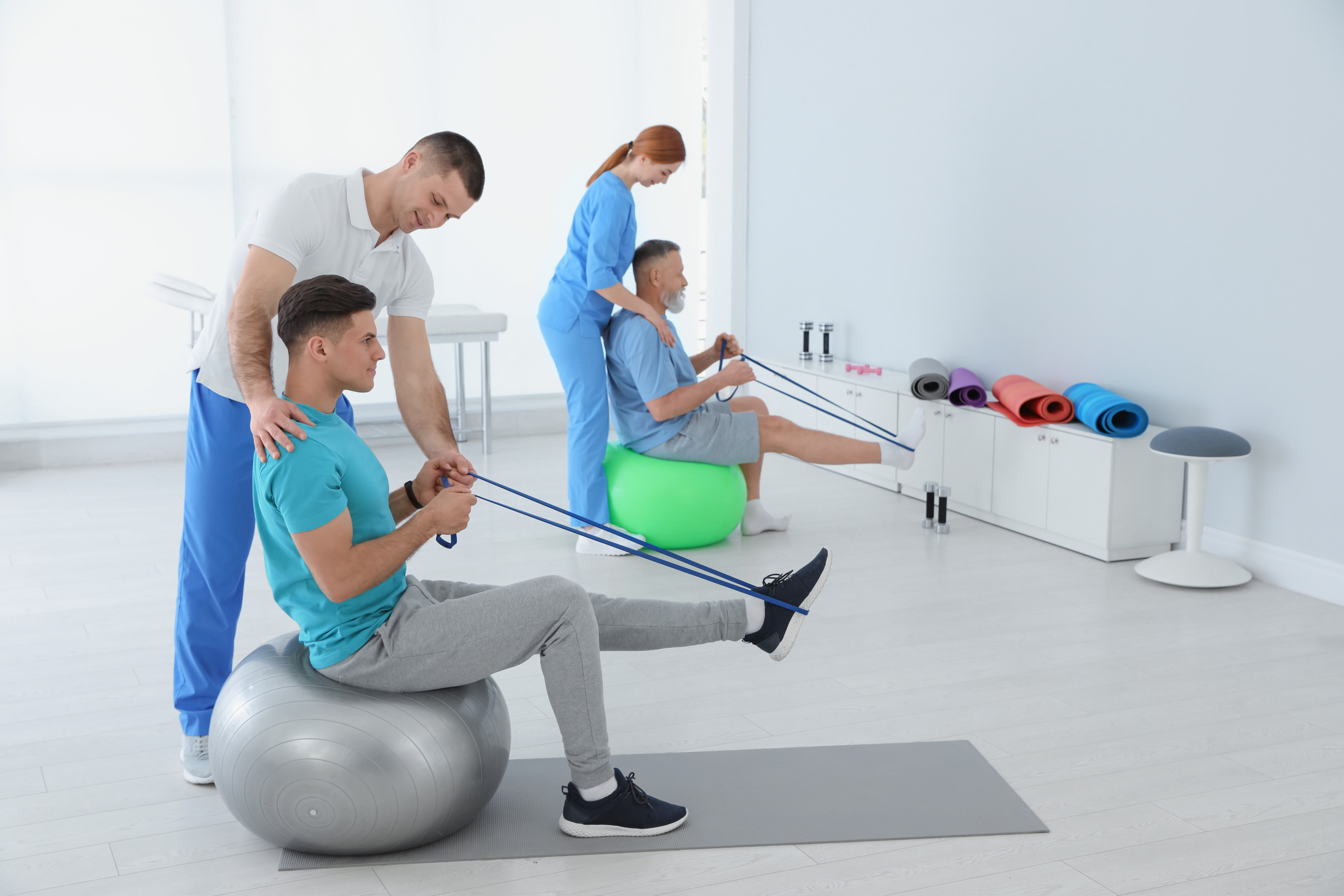Refining this Art of Workplace Design to Optimize Comfort and Performance in Workspaces
Refining this Art of Workplace Design to Optimize Comfort and Performance in Workspaces
Blog Article
Mastering this principle of ergonomics is essential for implementing workspaces that promote physical well-being and work output. Ergonomics is the methodology of engineering occupational settings, tools, and functions to fit the capabilities of team members. By addressing how staff interact with their physical environment, businesses can minimize strain and mitigate musculoskeletal problems. An ergonomic workspace supports natural movement and lessens strain, which can lead to improved performance and well-being among staff members.
One important component of ergonomic planning is the placement of fixtures and devices. Workstations should be at a level that enables employees to work with their elbows at a 90-degree angle while typing. Chairs should provide sufficient reinforcement for the lower back, encouraging spinal alignment. Additionally, display devices should be mounted at neutral gaze level to prevent neck strain. By ensuring that these elements are properly adjusted, workers can maintain a comfortable position throughout their tasks, reducing fatigue and boosting cognitive performance.
Another critical consideration in an ergonomic workspace is the use of appropriate tools and technology. This includes typing hardware, navigation tools, and other components engineered to reduce RSIs. For instance, using an split-key keyboard can help relieve wrist pain caused by repetitive typing. Furthermore, adjustable chairs and sit-stand desks allow employees to change their position throughout the day, which can relieve postural fatigue and amplify alertness. Allocating resources toward quality ergonomic tools can generate optimal work habits and improved productivity rates.
Lighting is also a critical pillar in occupational planning. Effective lighting can minimize eye strain and go to this website support staff to engage with their work activities. Sunlight is optimal, but if that is not feasible, using customizable artificial lighting can assist in providing a functional atmosphere. It is necessary to avoid glaring fluorescent lights that may trigger headaches or fatigue. By incorporating sufficient lighting, employers can create an environment that advances both clarity and work quality.
In closing, promoting periodic breaks is imperative for maintaining an healthy workspace. Encouraging staff to take brief breaks can assist relieve physical tension and mental overload. During these breaks, users should be encouraged to stretch or change location to improve physical engagement. Structuring planned break times can assist establish a structure that prioritizes employee wellness without compromising productivity. Overall, applying ergonomics more tips here in the workplace not only improves comfort but also cultivates a more engaged work culture where employees can perform at their best.